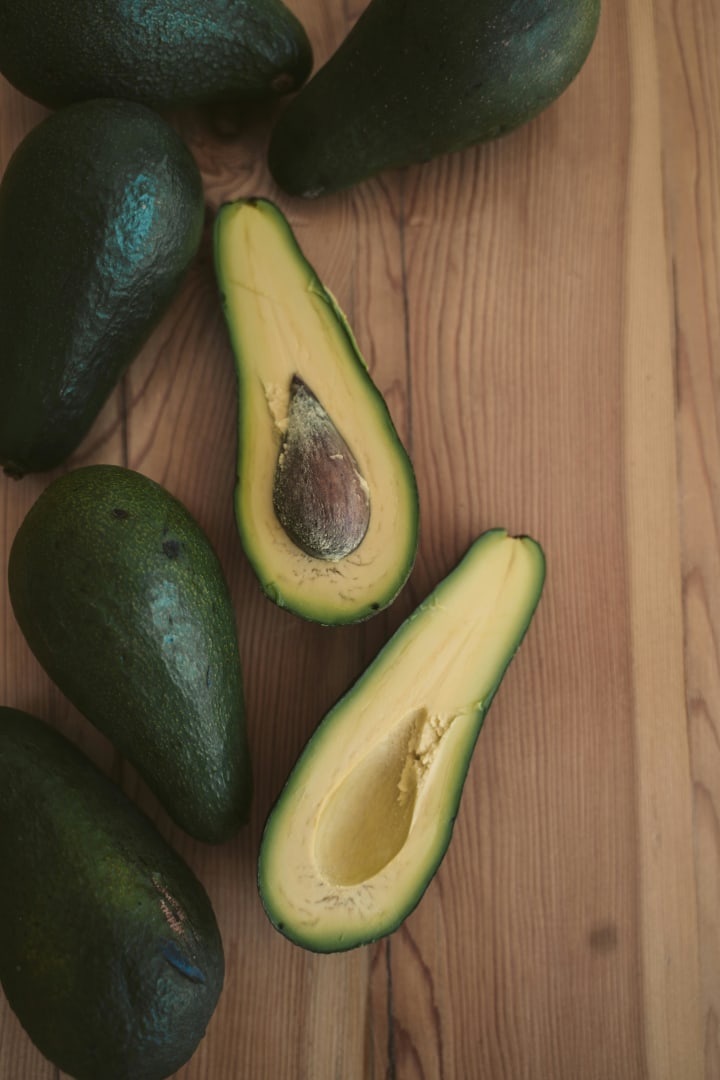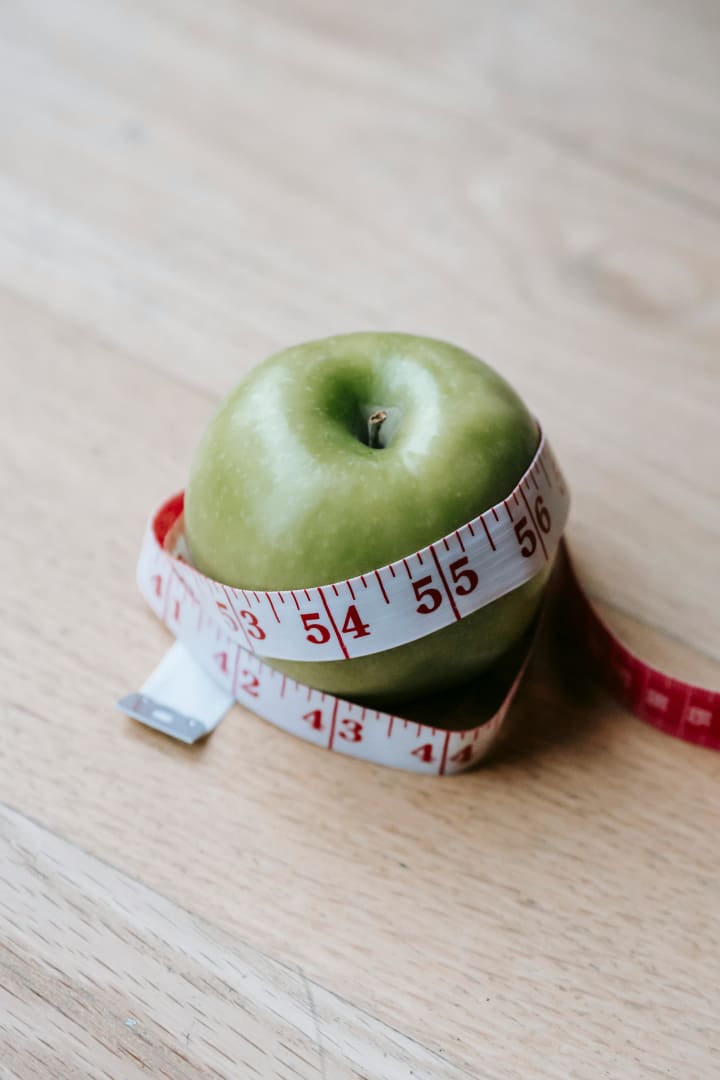DIET & WEIGHT LOSS
America faces a significant weight problem, with nearly three-quarters of the population being overweight or obese, according to the CDC. Despite this, over 160 million Americans are dieting at any given time, collectively spending more than $70 billion annually on weight-loss plans, supplements, and other methods. This highlights the challenge of losing weight, though it remains entirely achievable with the right approach. There are two crucial keys to successful weight loss. First, find a method that works specifically for you — one that makes you feel good and keeps you motivated. Second, be patient — sustainable weight loss happens gradually and steadily................

America faces a significant weight problem, with nearly three-quarters of the population being overweight or obese, according to the CDC. Despite this, over 160 million Americans are dieting at any given time, collectively spending more than $70 billion annually on weight-loss plans, supplements, and other methods. This highlights the challenge of losing weight, though it remains entirely achievable with the right approach.
There are two crucial keys to successful weight loss. First, find a method that works specifically for you — one that makes you feel good and keeps you motivated. Second, be patient — sustainable weight loss happens gradually and steadily.
Before you begin your weight loss journey, clearly define your goals. Ask yourself, “How much weight do I need to lose to be healthy?” Set personalized, achievable goals and gradually introduce lifestyle changes to lose weight and maintain it. Be ready to adapt your lifestyle as needed to enhance your chances of success
What’s the best diet for weight loss?

This is a common question for anyone looking to shed pounds. While it’s understandable, it often leads to the misconception that weight loss requires a temporary, restrictive diet. Instead of falling for fad diets, those who have successfully lost weight and kept it off typically adopt permanent, healthier eating habits. The key is to replace unhealthy foods with healthy ones, not just for a few weeks, but for the long term. This approach not only supports weight loss but also offers numerous other health benefits.
A better question to ask might be, “What is a healthy diet? What does a healthy diet look like?”
A healthy diet prioritizes natural, unprocessed foods over pre-packaged meals and snacks. It is balanced, providing all the nutrients and minerals your body needs to function optimally. It emphasizes plant-based foods — especially fruits and vegetables — over animal products. It includes plenty of protein, is low in sugar and salt, and incorporates healthy fats such as those found in fish, olive oil, and other plant-derived oils.
Here are a few examples of healthy meals for weight loss:
Breakfast: A bowl of bran flakes with sliced strawberries and walnuts, topped with nonfat milk.
Lunch: A turkey sandwich on whole wheat bread with vegetables and an olive oil and vinegar dressing.
Dinner: A salmon steak served on a bed of spinach.
You don’t have to eliminate snacks to maintain a healthy diet either. Healthy snacks for weight loss include almonds or pistachios, string cheese with an apple, Greek yogurt, or a banana with peanut butter.
Before starting your weight-loss journey, think about the healthy foods you enjoy. This will help you plan meals and snacks that you will look forward to eating. Remember, the best diet is the one you can stick to, so avoid buying a lot of “health foods” that you know you won’t eat.
What’s the healthiest diet?

There isn’t a single diet universally recognized as the “healthiest” by nutritionists. However, several dietary patterns are highly regarded for their health benefits, either designed by experts or observed in traditional diets around the world. These diets share common traits: they are predominantly plant-based, emphasize healthy fats, avoid simple sugars and low sodium, and favor natural over processed foods.
One notable example is the Mediterranean diet, inspired by the traditional foods of cultures around the Mediterranean Sea. It emphasizes minimally processed fruits, vegetables, legumes, nuts, and whole grains, with moderate amounts of yogurt, cheese, poultry, and fish. Olive oil is the primary cooking fat, while red meat and sugary foods are consumed sparingly. This diet is linked to weight loss and a lower risk of heart disease, diabetes, depression, and certain cancers.
The DASH diet (Dietary Approaches to Stop Hypertension) is specifically designed to promote heart health. It effectively lowers blood pressure and reduces the risk of heart failure by featuring low cholesterol and saturated fats, and high levels of magnesium, calcium, fiber, and potassium. Like the Mediterranean diet, it includes whole grains, vegetables, fruits, fish, poultry, nuts, and olive oil, while minimizing red meat and sugar.
The MIND diet (Mediterranean-DASH Diet Intervention for Neurodegenerative Delay) combines elements of the Mediterranean and DASH diets to support brain health and reduce the risk of dementia and cognitive decline. It focuses more on leafy green vegetables and berries, and less on fruit and dairy.
The Nordic diet, based on Scandinavian eating habits, has gained popularity for both weight loss and health maintenance. It includes plenty of fish, apples, pears, whole grains like rye and oats, and cold-climate vegetables such as cabbage, carrots, and cauliflower. Research supports its effectiveness in preventing stroke and promoting weight loss.
These diets all share key characteristics: they are heart-healthy, consist of natural unprocessed foods, and include plenty of plant-based dishes. Adopting elements from these diets is a smart strategy for improving your overall health and aiding in weight loss.
Intermittent fasting has gained attention through numerous success stories, but is it truly healthy, and does it work?

Fasting, which involves abstaining from food for a period of time, is an ancient practice known for its spiritual and physical benefits. Spiritually, fasting can enhance focus on spiritual matters. Physically, fasting can lower blood sugar, reduce inflammation, improve metabolism, clear out toxins from damaged cells, and has been linked to a reduced risk of cancer, decreased arthritis pain, and enhanced brain function.
Intermittent fasting involves regularly alternating between “eating windows” and periods of fasting. A common schedule might allow eating from 7:00 a.m. to 3:00 p.m., with the remaining 16 hours dedicated to fasting. However, there is no fixed schedule; some people choose more generous windows, such as not eating after 8:00 p.m., while others may only eat every other day.
The science behind intermittent fasting focuses on changing the body’s metabolism. During fasting, insulin levels drop, prompting the body to burn fat for fuel. Additionally, slowing the metabolism can reduce appetite, leading to lower calorie intake when eating resumes.
Studies have shown intermittent fasting can aid in weight loss. However, it may not be more effective than traditional calorie restriction with a regular eating schedule. One reason for its success could be the avoidance of late-night eating, which aligns better with our circadian rhythms and reduces the likelihood of storing food as fat. For many, adhering to intermittent fasting is challenging, so a practical alternative might be a low-calorie Mediterranean diet with no eating after the late afternoon.
Certain individuals, such as those with diabetes or heart disease, should consult their doctor before trying intermittent fasting.
Intermittent fasting is a “lifestyle-intensive” approach, making it difficult to maintain amidst social obligations. If your family is eating while you are fasting, you might feel tempted to join or disrupt family meal rituals. Jobs that require dining with clients or colleagues can also complicate adherence to a fasting schedule. Remember, the best eating plan is one you can stick to.
High-Fat Weight Loss Diet

It might seem counterintuitive, but many people find initial success in losing weight by consuming more fat, not less. Known as a ketogenic or Keto diet, this approach shifts the primary source of calories to fats — comprising between 75% and 90% of your intake — with only 10–20% from protein and a mere 5% from carbohydrates. The theory is that by consuming a high amount of healthy fats and restricting carbohydrates, your body enters a state called ketosis. In ketosis, your body relies on fat for energy, burning stored fat instead of sugar.
Research indicates that the Keto diet is an effective way to jump-start weight loss and improve blood sugar levels. However, it is challenging to maintain, and there are currently no long-term studies confirming its sustainability for keeping weight off.
The Healthy Eating Plate
Both weight loss and overall health are influenced by basic eating patterns, and the Harvard Healthy Eating Plate serves as a model for meal planning and maintaining a balanced diet. Picture a round dinner plate with a vertical line dividing it into two equal halves. One half of the plate should be filled with equal portions of whole grains (such as brown rice and whole wheat bread) and healthy protein sources (like fish, nuts, beans, and poultry — not red or processed meats).
The other half should be mostly vegetables, occupying two-thirds of this section, with the remaining portion filled with fruit. Aim for variety in this half, consuming fruits in various colors and different types of vegetables (excluding potatoes or French fries).
Next to the plate, imagine a glass of water, as it is the best drink for weight loss and overall health. Occasionally, you can substitute with coffee or tea, provided they contain little to no sugar. Limit milk consumption to one or two servings per day.
On the other side of the plate, picture a container of healthy oils such as canola or olive oil. Use these oils for cooking or at the table instead of butter.
Keep the Healthy Eating Plate in mind when deciding on meals, grocery shopping, or strategizing about weight loss and maintenance. Following its guidelines will optimize your chances of staying healthy and maintaining a desirable body weight.
About the Creator
william jane
EXPERT FOR HEALTH & FITNESS
Enjoyed the story? Support the Creator.
Subscribe for free to receive all their stories in your feed. You could also pledge your support or give them a one-off tip, letting them know you appreciate their work.






Comments
There are no comments for this story
Be the first to respond and start the conversation.